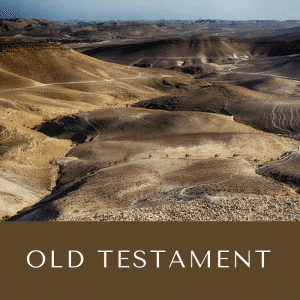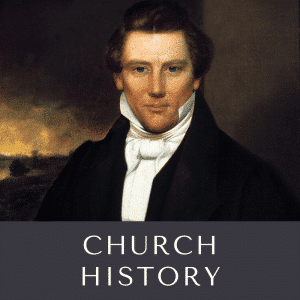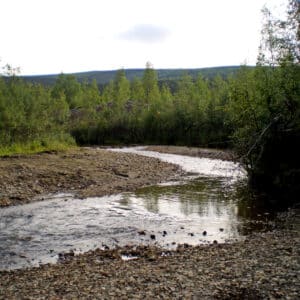Description
The Dreams of the Fathers
James Steele was born June 25, 1826, in Kirkconnel, Scotland. When he came of age, he became a civil engineer and worked in various places around Scotland and England. He married Elizabeth Wylie, who is reported to have introduced him to the Gospel. He was baptized in Leeds, England, April 17, 1849. Presumably later that spring, he visited his sister Ann and her husband John, and bore his testimony of the Restoration to them. John would later describe how he had:
“…become disgusted with the whole lot (of religions) and would have become infidel to all religion if not for the testimony of that young man, my brother-in-law, who plucked me out as a brand from the fire. I do not think the testimony of anyone else on earth could have had the same weight with me—good honest soul.”
James and Elizabeth desired like so many others to answer the call to come and build up Zion in the Rocky Mountains. They left England, and from Iowa City in July 1856, they traveled as part of the Martin Handcart Company. Snow came to them when they were still more than 300 miles from the Salt Lake Valley, bringing with it an attendant train of exposure, starvation, suffering and death.
James Steele made it through the last crossing of the Platte, and the ordeal of Martin’s Cove, but finally, on November 10, 1856, at a place called Bitter Creek, James passed away. Steele family records say:
“He had literally starved to death giving all his food to his children and wife. He probably realized help truly was there for his family, he was able to let go and move on. He held on until he knew for sure they would be cared for. He was buried at Bitter Creek.”
He died without reaching Zion and his dreams. Elizabeth and the two sons, James Ephraim and William, did make it. In time Elizabeth married David Wood, one of the rescuers, and had three more children.
Twenty-nine years later, March 17, 1885, James Ephraim Steele arrived at a remote frontier settlement in Idaho, called Eagle Rock. James continued on to the East and filed a claim on 160 acres near Sand Creek. He built a log cabin on it and returned to Utah to settle his affairs. It was about the middle of August 1885 when James returned to his claim. To his dismay, the creek had dried up along with everything else. Everything looked desolate and discouraging. Nothing but sagebrush for as far as he could see—not a single house or tree in sight. James sat around for several days, discouraged enough that he didn’t even unpack his wagon, and then, he said:
“One day, while sitting on the ground with my back leaning up against the wagon tongue, [I] went to sleep and during my sleep I saw this country in a most beautiful, flourishing condition. In my sleep, the sage brush disappeared and, in its stead, I saw farms everywhere, and I woke up and said, ‘now I am ready to unload.’ I hadn’t unloaded up to that time, and I never felt from then to the present time that I ever wanted to go back.”
Less than a year later James was called as Bishop of the newly organized ward. He would serve for many years—eventually as a stake president. And not only that, he served three terms in the legislature, and in numerous other civic capacities. And one last thing, James felt that a town should be established in the area of his vision. He bought another 160 acres out of his own funds and laid out a townsite. He then sold the lots to people at cost, making no profit. And thus came the community of Iona, Idaho, one of the most heavenly corners of Zion that exists on this earth. Out of the labors of a faithful son, the hopes and dreams of the father were fulfilled.
Source:
https://www.familysearch.org/photos/artifacts/51623716?p=43098690&returnLabel=James%20Ephraim%20Steele%20(KW8P-2ZW)&returnUrl=https%3A%2F%2Fwww.familysearch.org%2Ftree%2Fperson%2Fmemories%2FKW8P-2ZW















